#1854 - 1900
Text

Oscar Wilde was full of witticisms until the very end..
#Oscar Wilde#Irish poet#playwright#humour#UK#Dublin#quotation#Victorian era#English literature#novelist#Ireland#controversy#famous quotes#experience#lesson#1854 - 1900
123 notes
·
View notes
Photo

German: Rathaus in Rothenburg by Carl Probst (1854–1924)
#Carl Probst (Austria 1854-1924)#art#artwork#Illustration#painting#Architecture#Carl Probst (1854–1924)#German: Rathaus in Rothenburg#Karl Probst#Ratusz w Rothenburgu#Town hall in Rothenburg#1900#20th century art#20th century#modern art
22 notes
·
View notes
Text
HÉLAS - Oscar Wilde ( 1854-1900 )
Être entraîné à la dérive de toute passion jusqu’à
ce que mon âme devienne un luth aux cordes
tendues dont peuvent jouer tous les vents, c’est pour
cela que j’ai renoncé à mon antique sagesse, à l’austère
maîtrise de moi-même.
A ce qu’il me semble, ma vie est un parchemin
sur lequel on aurait écrit deux fois, où en quelque
jour de vacances, une main enfantine aurait griffonné
de vaines…
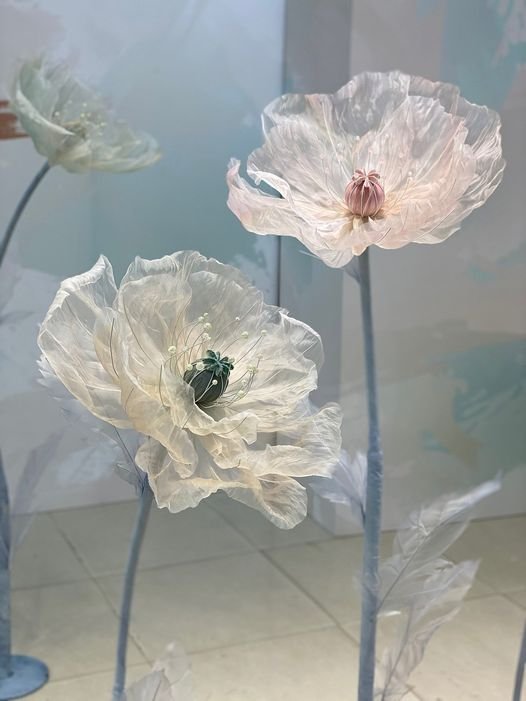
View On WordPress
0 notes
Text
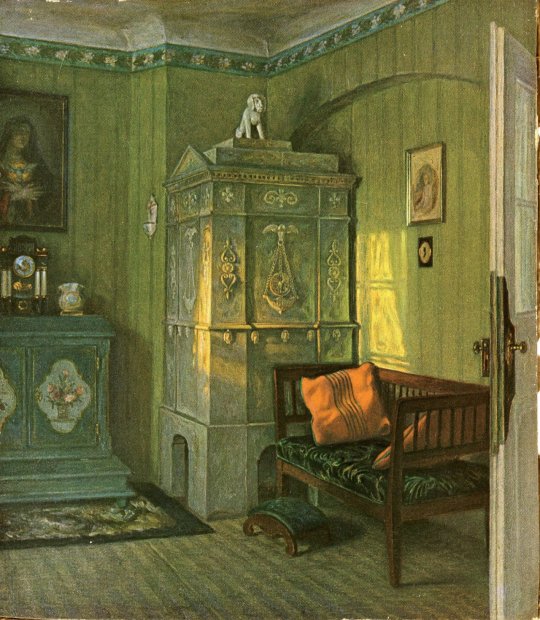
Paul Hoeker (Germany,1854-1910)
The Green Room, c. 1900.
4K notes
·
View notes
Text
¿Historias cortas para no dormir y así no tener pesadillas?
Oscar Wilde (1854-1900) fue un escritor, poeta y dramaturgo de origen irlandés. Wilde es considerado uno de los dramaturgos más destacados del Londres victoriano tardío; además, fue una celebridad de la época debido a su gran y aguzado ingenio.
Sé tú mismo, el resto de papeles ya están cogidos.
Es bueno admirar a los demás y aprender para mejorarnos a nosotros mismos. El error es cuando queremos imitar a los demás o endiosamos a alguien y nos gustaría convertirnos en «él o ella». Debemos descubrirnos y mejorarnos. Es un trabajo hermoso que dura toda la vida.

#Oscar Wilde (1854-1900) fue un escritor poeta y dramaturgo de origen irlandés. Wilde es considerado uno de los dramaturgos más destacados de#¿Historias cortas para no dormir?
0 notes
Photo
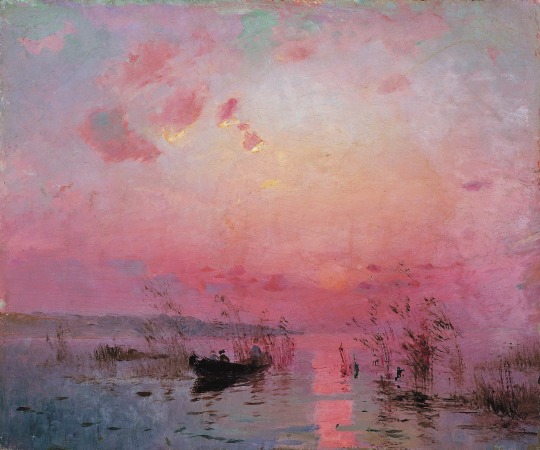
Serhii Vasylkivsky (Ukrainian,1854-1917)
Sunset over the Lake, 1900s
Oil on canvas
2K notes
·
View notes
Text
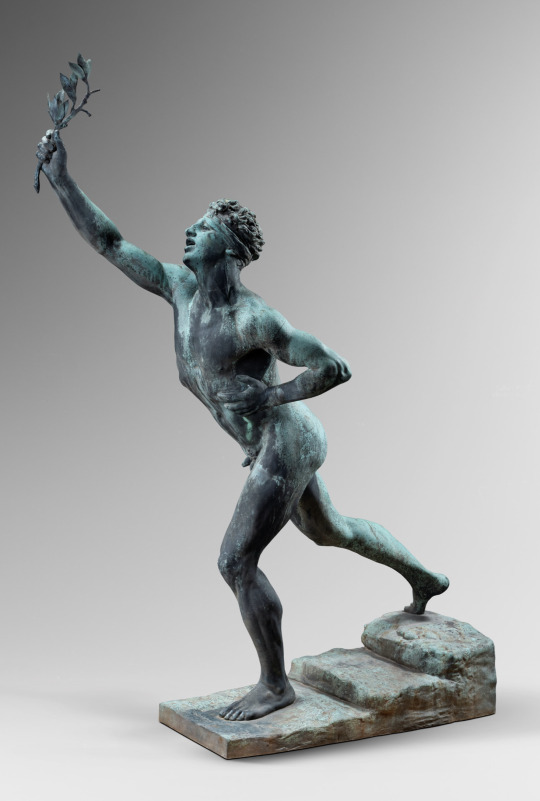
Carl Max Kruse (1854-1942) - Messenger of Victory on Marathon, circa 1900
293 notes
·
View notes
Text
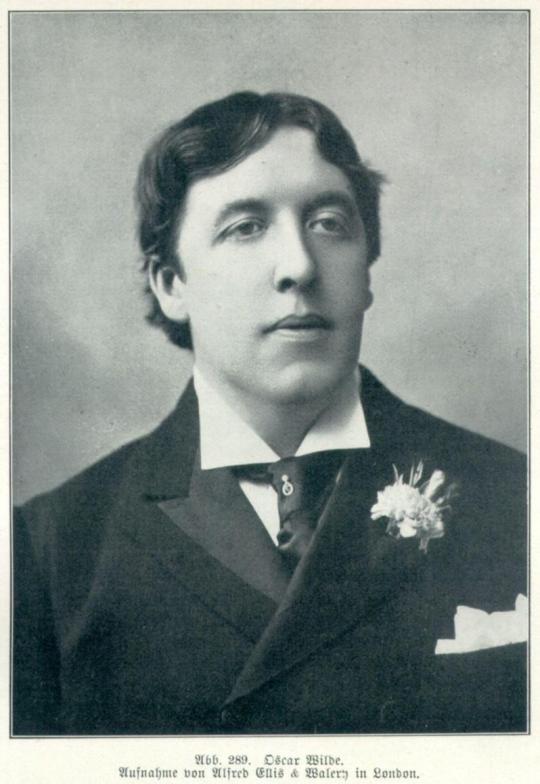
Oscar Wilde, October 16, 1854 – November 30, 1900.
181 notes
·
View notes
Text
La seule dont vous avez besoin dans votre vie est cette personne qui vous montre qu'il a besoin de vous dans la sienne......💞✨🍀🥀

Oscar Wilde
Artiste, écrivain (1854 - 1900)
57 notes
·
View notes
Text

A devastating rail crash that left almost 300 people dead has refocused international attention on the importance of railways in the lives of Indians.
Indeed, to many Western observers, images of men and women crammed into overcrowded cars serve as a metaphor for modern India. Take, for example, a report by German newspaper Der Spiegel on India’s population surpassing China’s. Published just weeks before the accident in Odisha province on June 2, the now much-criticized cartoon depicted a shabby Indian train crammed with passengers rushing past a streamlined Chinese train with only two people in it.
Where does this enduring image in the West of Indian railways – and of India – come from? As a scholar of Indian history and author of 2015 book “Tracks of Change: Railways and Everyday Life in Colonial India,” I believe the answers lie in the gigantic infrastructure projects of the 19th century – forged at the intersection of colonial dictates and capitalist demands.
---
A carrier of freight, not people
Railways remain the backbone of passenger traffic in India, transporting some 23 million people daily. In the pre-pandemic 2018-19 financial year, 7.7 billion passenger journeys in India. [...] Yet, when first planned in the 1840s, India’s railways were intended to primarily transport freight and livestock, not people. Indians were thought unlikely to become railway passengers by directors of the English East India Co., a merchant monopoly that gradually annexed and administered large parts of India under U.K. crown control. [...] However, early colonial railway policy was driven by pervasive Orientalist imaginings of a people rendered immobile by poverty, living in isolated villages [...]. The trope interlocked with colonial thinking that railways would foster greater industrialization which in turn would further a capitalist economy. They also aligned with the practical needs of a colonial trading monopoly which needed raw materials for English industries, such as cotton, to be moved swiftly and efficiently from India’s interiors to port towns [...].
---
Despite the doubters, the new Indian railways attracted an increasing number of passengers. The half-million passengers recorded in 1854 when tracks became operational increased to 26 million in 1875. By 1900, annual passenger figures stood at 175 million and then almost trebled to 520 million by 1919-20. By the time of the partition of India in 1947 it had risen to more than 1 billion passenger journeys annually. Indeed, images of overcrowded trains came to epitomize the upheaval of partition, with the rail system used to carry swaths of uprooted peoples across the soon-to-be Pakistan-India border. Third-class passengers, overwhelmingly Indians, comprised almost 90% of this traffic. These escalating figures did not, however, generate a lowering of fares. Nor did they result in any substantial improvements in the conditions of [...] travel. [...]
---
The generally British railway managers seemed disinclined to remedy systematic overcrowding, which included transporting passengers in wagons meant for livestock. Rather, they insisted that such overcrowding was caused by the peculiar habits and inclinations of Indian passengers: their alleged [...] inclination to follow one another “like sheep” into crowded carriages. These attributes were soon rendered into a more public narrative, especially among Western mindsets. Journalist H. Sutherland Stark, writing for the industry publication Indian State Railways Magazine in 1929, stated that though “unversed” in railway administration and traffic control, he knew railway facilities were not the problem. Rather, Indian passengers lacked the mental preparedness, “self-possession” and “method” necessary to travel like “sane human beings.” Stark suggested passenger education as a solution to the perceived problem, making railway travel a tool for “self-composure and mass orderliness.” [...]
---
More than a century later, this depiction endures, though, ironically, it now serves as a foil to understanding contemporary India. In a piece published in The New York Times on March 12, 2005, the author lauded the then-new Delhi metro, emphasizing that it had “none of the chaotic squalor of hawkers and beggars that characterizes mainline railroads in India, nor do desperate travelers hang from the sides of the trains.” As the debate rages on whether safety has taken a back seat to “glossy modernization projects” in India – early analyses suggest signaling failure might have caused June 2, 2023, accident – railways continue to represent India’s history.
In the heyday of empire, they were deemed the technology through which Britain would drag India into capitalist modernity. In 1947, they became a leitmotif for the trauma of the partition that accompanied the independence of India and Pakistan. As the coverage of Odisha accident reminds us, it continues to be a metaphor in the West for evaluating contemporary India.
---
Headline, image, caption, and all text above by: Ritika Prasa. “Overcrowded trains serve as metaphor for India in Western eyes -- but they are a relic of colonialism and capitalism.” The Conversation. 9 June 2023. [Bold emphasis and some paragraph breaks/contractions added by me.]
151 notes
·
View notes
Photo
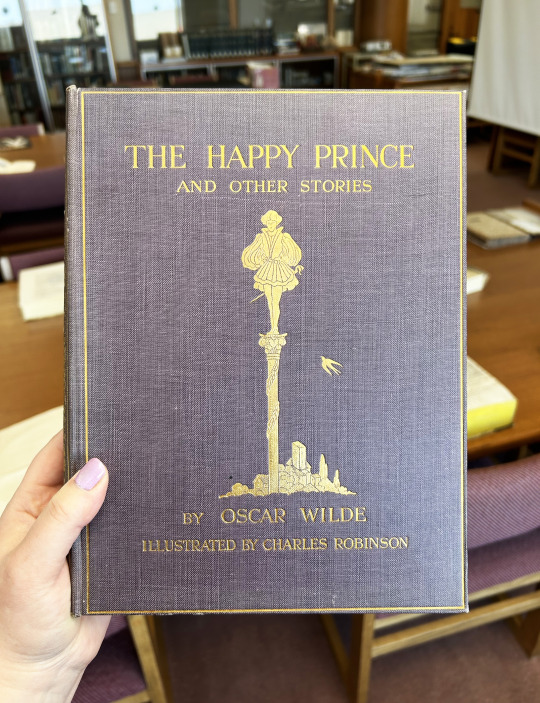

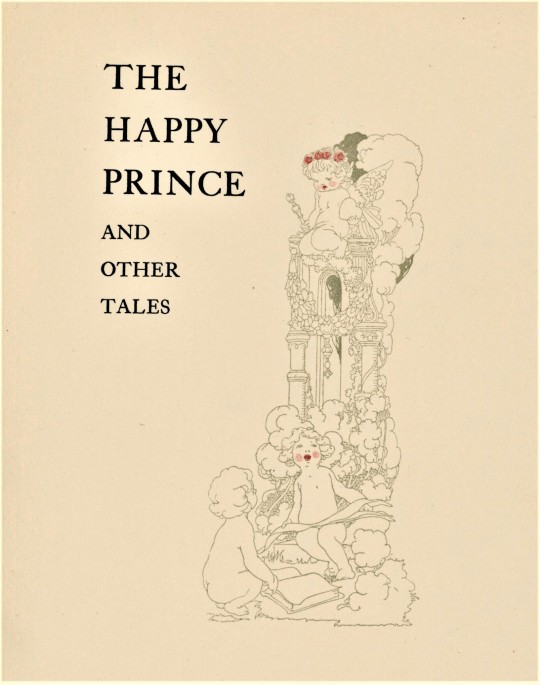
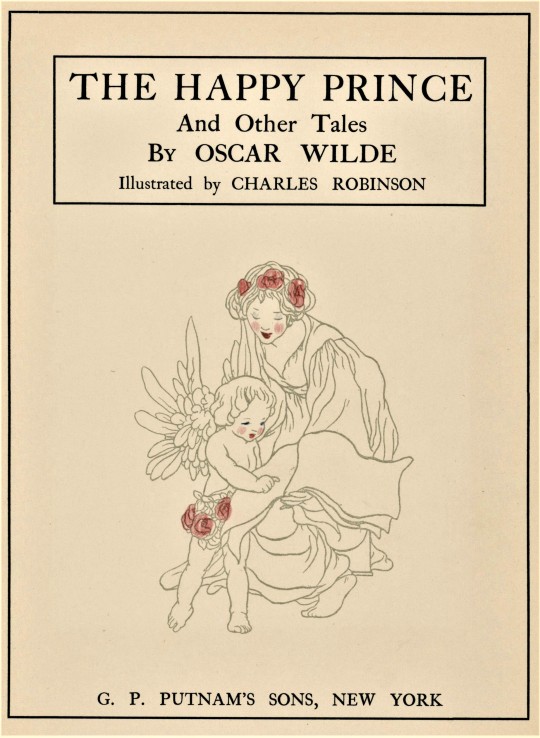
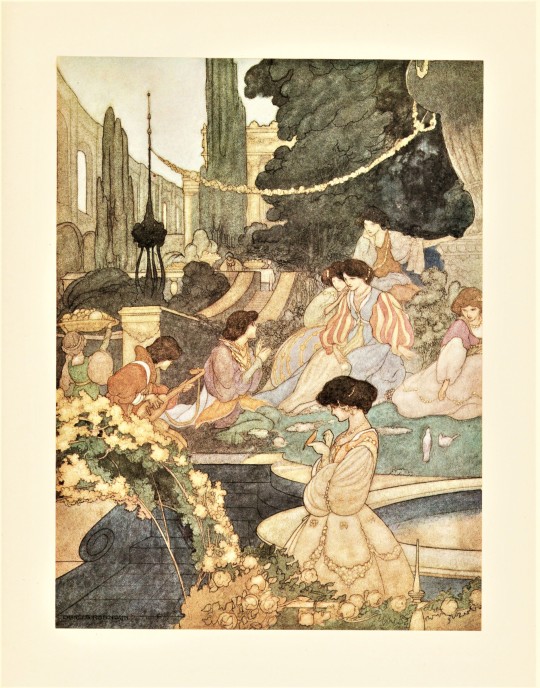
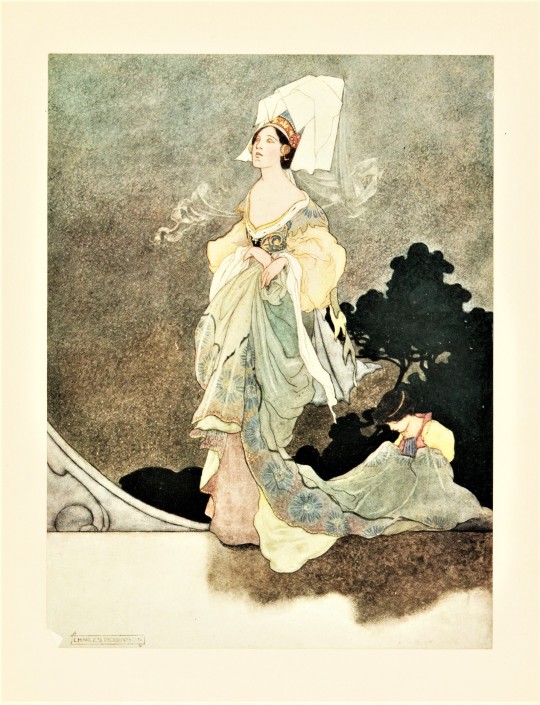

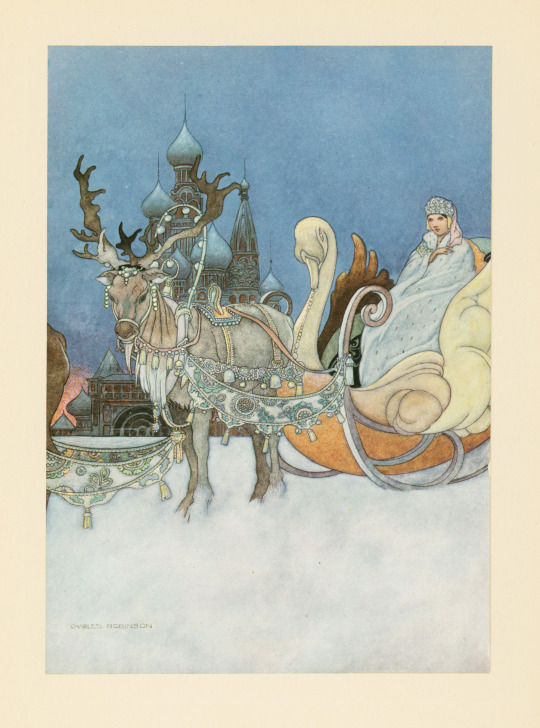
Publishers’ Binding Thursday
It’s time for another Publishers’ Binding Thursday post! This week I’m sharing The Happy Prince and Other Tales by famous Irish poet and playwright Oscar Wilde (1854-1900). This edition of this collection of short stories was published in 1913 in New York by G.P. Putnam's Sons. It features art-nouveau-esque illustrations by British book illustrator Charles Robinson (1870-1937), who came from a family of illustrators including his father and brothers. This book is part of our Historical Curriculum Collection of books for children.
The cover features the statue of the titular Happy Prince and the swallow who befriends him in the story (which is quite sad) stamped in gold on purple book cloth. The spine is highly decorative, featuring floral motifs and the title, author, illustrator, and publisher. I find it interesting that the title on the cover is “The Happy Prince and Other Stories” but on the title page it’s “The Happy Prince and Other Tales.” I wonder if there was a miscommunication or change that happened that led to them being different!
View more Publishers’ Binding Thursday posts.
View more posts from the Historical Curriculum Collection.
-- Alice, Special Collections Department Manager
#Publishers' Binding Thursday#Historical Curriculum Collection#children's books#Oscar Wilde#The Happy Prince#The Happy Prince and Other Tales#The Happy Prince and Other Stories#G.P. Putnam's Sons#Charles Robinson#art nouveau#illustrations#Alice#bindings
369 notes
·
View notes
Text

Consalvo Carelli
(Arenella 1818–1900 Naples)
Scene in Naples, with Vesuvius in the Background, signed, dated
Con. Carelli 1854 Rome fecit, oil on canvas
Dorotheum
36 notes
·
View notes
Text

Sigmund Walter Hampel (Austrian, 1868 - 1949) - Die drei Grazien Gouache auf Seide. Um 1900
picture resolution 1500 × 1854
More by #sigmund walter hampel enjoypaitings
27 notes
·
View notes
Text
Some of my favourite terminology for sex, sexuality, and gender that have mostly fell out of use:
Sapphist: Similar to the term Sapphic which is still in use, derived from the woman loving Greek poet Sappho. The -ist has implications of doing rather than being. A Sapphist is a woman who has romantic and sexual relationships with other women. It was commonly used in the 19th and early 20th century, eventually replaced by lesbian in common usage. Some famous historical figures who used this term include Vita Sackville-West, who also used the terms lesbian and homosexual.
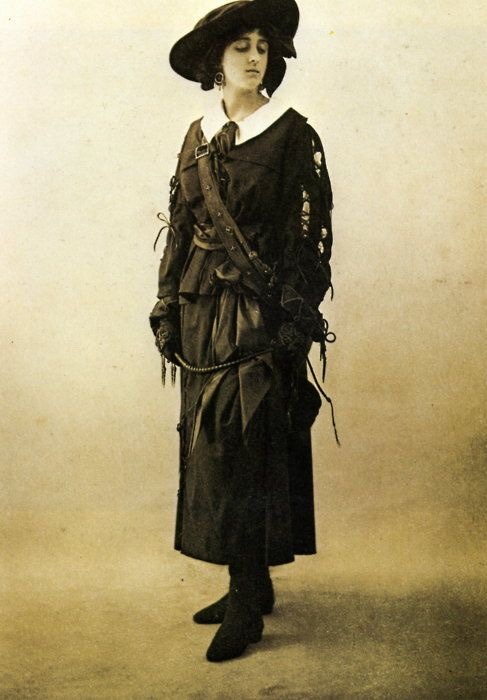
Mukhannathun: Translates roughly to "effeminate ones" or "ones who resemble women", typically refers to a feminine male, an intersex person, or one whose sex is indistinct. Modern scholars place the term Mukhannath in correlation with trans feminine. Mukhannathun traditionally took on the social roles of women in Saudi Arabia and feature in Ḥadīth Islamic literature. They were often musicians and entertainers, Abū ʿAbd al-Munʿim ʿĪsā ibn ʿAbd Allāh al-Dhāʾib (or Tuwais) being perhaps the first famous Mukhannath musician. I could not find any depictions of Mukannathun.
Invert: Sexology in the early 20th century believed that same sex desire and cross gender identification were natural in some people. It was coined in German by Karl Friedrich Otto Westphal (1833-1890) and translated across Europe and eventually into English as sexual inversion by John Addington Symonds Jr. (1840-1893) in 1883. Inverts were people whose natural sex instinct (heterosexual, cisgender) were "inverted", causing a natural desire for the same sex or to live as the other sex. It was thought that most inverts desired a relationship with a "normal" member of their own sex, for example a masculine presenting woman would desire a feminine presenting "normal" woman, a feminine presenting man would desire a masculine or "normal" man. While most sexologists thought sexual inversion was natural, they worried about corruption of "normal" people by inverts. The writer 'John' Radclyffe Hall (1880-1943) identified as an invert and explored the life of inverts in her 1928 novel The Well of Loneliness.
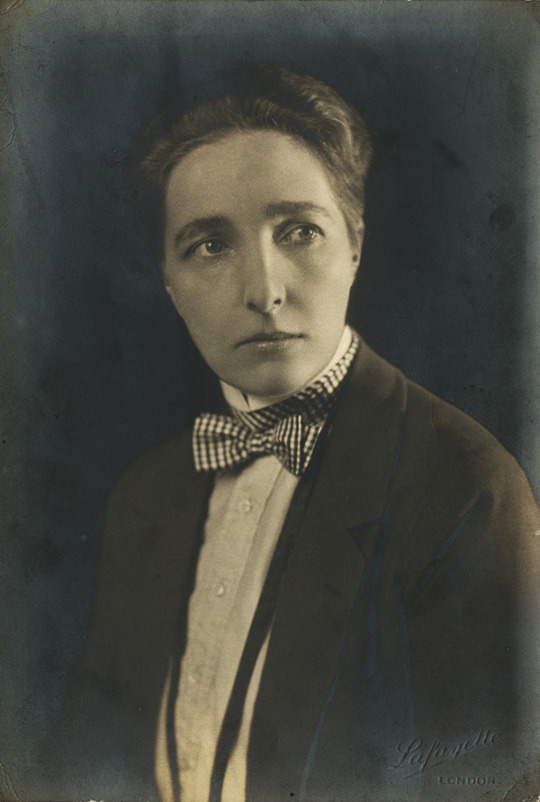
Uranism: A Uranian was a man who was romantically or sexually interested in other men. One of the earliest records of the term comes from Friedrich Schiller's 'Sixth Letter' in the Aesthetic Education of Man in 1795. It is derived from the ancient Greek goddess Aphrodite Urania, a manifestation of Aphrodite who was free of physical desire and instead was attracted by mind and soul. Ancient Greek literature was very important in the early formations of queer identity and self-recognition. Oscar Wilde (1854-1900) was known to use the term Uranian.
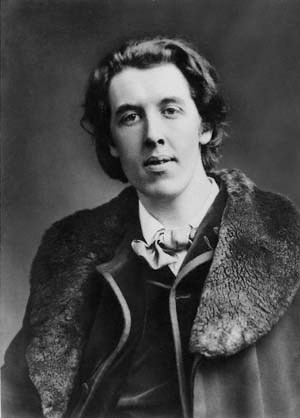
Tribadism: Derived from the Greek "tribas" which means "to rub", tribadism denotes both a sexual position (now known as tribbing or scissoring) and a woman who seeks to sexual dominate and/or penetrate another woman. This term could also be used to describe an intersex person who lives as female and is the penetrating partner during sex with women. It became the most common word to describe any kind of sexual intimacy between women in English literature from the 16th to 19th centuries. Marie Antoinette, queen of France from 1773 to 1792 was "defamed" in many anti-monarchist newspapers as being a tribade.

Eonism: Eonism was coined by English sexologist Havelock Ellis (1859-1939) to describe cross gender identification and presentation. "Eon" after the French diplomat Charlotte-Geneviève-Louise-Augusta-Andréa-Timothéa d'Éon de Beaumont, who was assigned male at birth but lived as a woman from 1777 until her death in 1810. Eonism was later replaced by transvestism in popular usage in the early to mid 20th century, coined by Magnus Hirschfeld (1868-1935) in 1910.
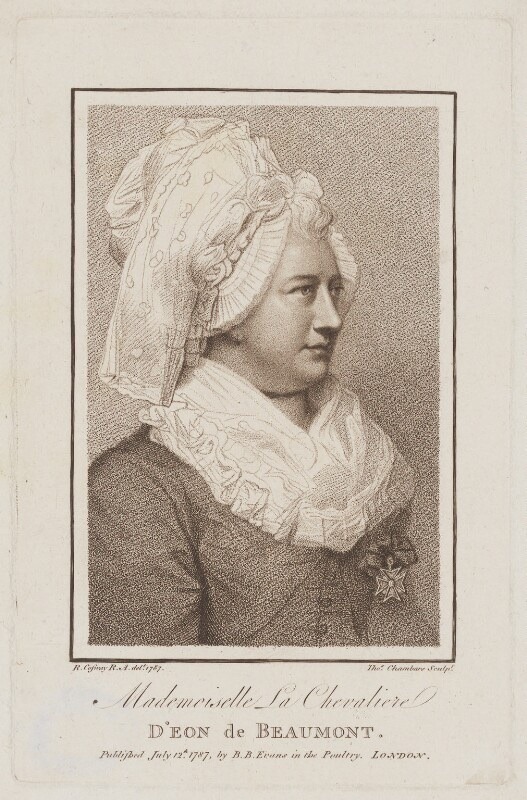
Eunuch: the term Eunuch has many connotations but the one common factor that almost all definitions share is that a eunuch is an intentionally castrated male. Eunuchs can also be uncastrated, but put into the social role as eunuch due to their 1) feminine presentation 2) inability to procreate 3) attraction to men. Eunuchs were not seen as men in most cultures, they were specifically chosen and castrated in order to fill a specific, separate social role from men and women. It was sometimes punitive, for example under Assyrian law men who were caught in sexual acts with other men were castrated. Eunuchs often had positions in royal households in the Ancient Middle East, their sexlessness was seen to enhance their loyalty to the crown as they were less likely to be distracted by sex or marriage, and it also allowed for jobs to be given on merit, and not inherited since Eunuchs could not reproduce. In Ancient Greece certain sects of male priests were eunuchs. China had Eunuchs who were fully castrated (penis and testicles) and high ranking in imperial service. In Vietnam, many eunuchs were self castrated in order to gain employment in the royal households.
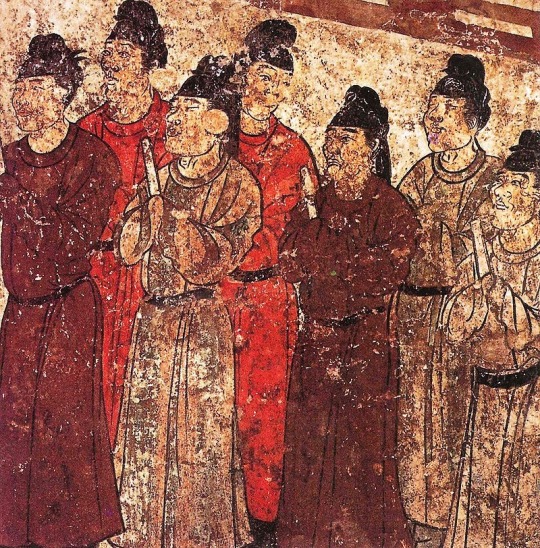
Homophile: coined in 1924 by Karl-Günther Heimsoth (1899-1933) in his dissertation Hetero- und Homophilie. The term was in common use in the 50s and 60s in gay activism groups. It was an alternative to homosexual coined in 1868 by Károly Mária Kertbeny (1824-1882) which was thought to have pathological and sexual implications, whereas homophile prioritised love and appreciation over the sex act or pathology. It is still in use in some parts of northern Europe. The Homophile Action League was founded by lesbian couple Ada Bello (1933-2023) and Carole Friedmann (1944-?) in Pennsylvania, U.S.A. in 1968, a year before the Stonewall Riots.
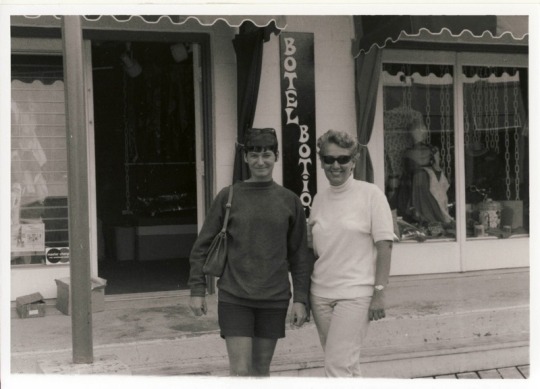
111 notes
·
View notes
Text

Jacek Malczewski (Polish, 1854-1929), The Old Man and the Muses, 1900. Oil on paper mounted on paperboard, 68.5 x 51 cm.
47 notes
·
View notes
Text
¿Historias cortas para no dormir y así no tener pesadillas?
Oscar Wilde (1854-1900) fue un escritor, poeta y dramaturgo de origen irlandés. Wilde es considerado uno de los dramaturgos más destacados del Londres victoriano tardío; además, fue una celebridad de la época debido a su gran y aguzado ingenio.
Estamos tan sumergidos en nuestras preocupaciones y problemas, tan centrados en cumplir con nuestras obligaciones, que se nos olvida algo muy importante en nuestra vida…. ¡Vivir!. Tener tiempo para nosotros, a veces, es lo más difícil del mundo. Debemos cambiar eso. Como decía Whitman: «No permitas que la vida te pase a ti, sin que la vivas».

#Oscar Wilde (1854-1900) fue un escritor poeta y dramaturgo de origen irlandés. Wilde es considerado uno de los dramaturgos más destacados de#¿Historias cortas para no dormir?
0 notes